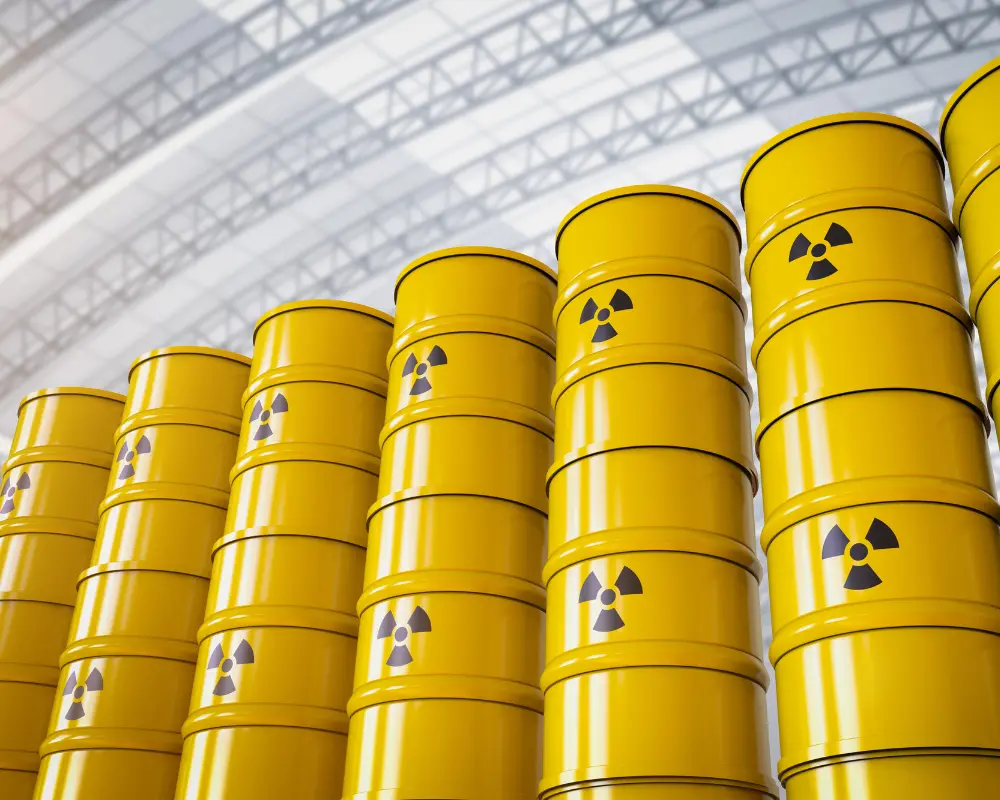If you work in high-risk environments, have you considered the role of intrinsic safety technology in managing the complexities of potentially explosive settings? It’s a rapidly evolving field, and staying up-to-date with the latest trends and innovations could be the key to ensuring workplace safety. This article offers valuable insights into these advancements and explores how intrinsic safety technology can enhance safety in your workplace.
The Current State of Intrinsic Safety Technologies
Intrinsic safety technologies protect high-risk industries like oil and gas, manufacturing, and utilities against potentially catastrophic accidents. The fundamental principle behind these technologies is to prevent the ignition of flammable substances, such as gases or dust, commonly present in these environments.
To put this into perspective, consider intrinsically safe barriers, a typical application of this technology. These barriers regulate the energy (electrical and heat) that reaches a hazardous area. These barriers effectively prevent explosions by limiting this energy below what ignites flammable gases or dust.
Stringent safety standards and regulations govern the implementation of intrinsic safety technologies. The National Electrical Code (NEC) 500 standard is followed in the United States, including detailed requirements for designing and installing electrical equipment in hazardous locations. These regulations mandate rigorous testing and certification processes for all equipment and systems to ensure they meet the highest safety standards.
However, as technology evolves and workplaces become more complex, the limitations of current intrinsic safety technologies become apparent. For example, traditional barriers might not be compatible with the latest sensor technologies or the need for higher data transmission rates in modern industrial processes. This gap necessitates ongoing innovation to keep pace with evolving industrial demands.

Emerging Trends in Intrinsic Safety
Intrinsic safety, fundamentally aimed at preventing ignition in explosive environments, is increasingly being complemented by emerging technological trends. These advancements enhance the overall effectiveness of intrinsic safety measures by providing additional layers of prevention and control.
Advanced Materials and Design:
Developing advanced materials like nano-materials and polymers contributes to intrinsic safety by creating more robust, durable equipment that is less likely to generate sparks or heat. This is crucial in environments where even a tiny amount of energy can cause ignition.
The trend toward miniaturization in device design also supports intrinsic safety principles. Smaller devices inherently carry lower electrical and thermal energy, aligning with the safety goal of minimizing potential ignition sources in hazardous areas.
Integration of IoT and Smart Technologies:
IoT technology strengthens intrinsic safety by providing real-time monitoring of environmental conditions. Smart sensors can detect early signs of hazardous conditions, such as gas leaks or overheating, that could lead to ignition if left unchecked.
By integrating IoT with intrinsic safety, there’s a dual layer of protection. While intrinsic safety ensures that devices themselves don’t ignite hazardous atmospheres, IoT adds the ability to monitor and respond to external conditions that might pose a risk of ignition.
AI and Machine Learning Applications:
AI and machine learning offer predictive insights that preemptively identify and mitigate risks that might lead to ignition. This goes beyond traditional reactive safety measures, providing a more dynamic form of hazard control.
These technologies complement intrinsic safety by analyzing operational patterns and environmental data to detect anomalies. This enhances the ability to maintain safe conditions and prevent equipment malfunctions that could otherwise result in ignition in explosive atmospheres.
The intersection of these emerging technologies with intrinsic safety principles creates a more advanced and proactive approach to preventing ignition in hazardous environments. However, while leveraging advanced materials, IoT, and AI can significantly improve our ability to foresee and prevent potentially explosive situations, it doesn’t come without challenges.
Challenges and Opportunities in Advanced Safety Technology Integration
Incorporating advanced technologies with intrinsic safety systems is a journey filled with challenges and promising opportunities. On the one hand, these cutting-edge technologies hold the potential to elevate safety and efficiency standards significantly. However, the flip side of this technological advancement involves addressing real-world constraints.
For many businesses, particularly small to medium-sized enterprises, the financial burden of integrating state-of-the-art technology can be a substantial barrier. The cost factor extends beyond initial acquisition to encompass installation, maintenance, and potential upgrades.
Additionally, the need for these technologies to be universally accessible and user-friendly is crucial. It’s not enough to have advanced systems; they must be operable by the entire workforce to be truly effective. Furthermore, the evolving nature of safety technologies introduces the challenge of a growing skills gap.
As systems become more complex and sophisticated, the expertise required to operate and maintain them increases. This scenario necessitates a proactive approach to workforce training and development, ensuring that employees are adept at using current technologies and prepared to adapt to future advancements.
It’s important to reflect on how these challenges and opportunities shape the future landscape of intrinsic safety. Integrating new technologies is not simply an option but a critical component in the evolution of workplace safety and efficiency. This integration represents a melding of traditional safety practices with innovative technological solutions, setting a new standard for safety in high-risk industries.
Final Thoughts
Looking ahead, intrinsic safety technology’s future is bright and full of potential. The emerging trends and innovations are poised to transform how safety is managed in high-risk environments. This transformation is not just about adopting new technologies; it’s about integrating them into the fabric of safety practices, enhancing the overall safety ecosystem.
A commitment to continuous innovation, training, and regulatory adaptability will be paramount as we move forward. This commitment ensures that safety remains a cornerstone of industrial operations, evolving with technological advancements to create safer, more efficient workplaces.

